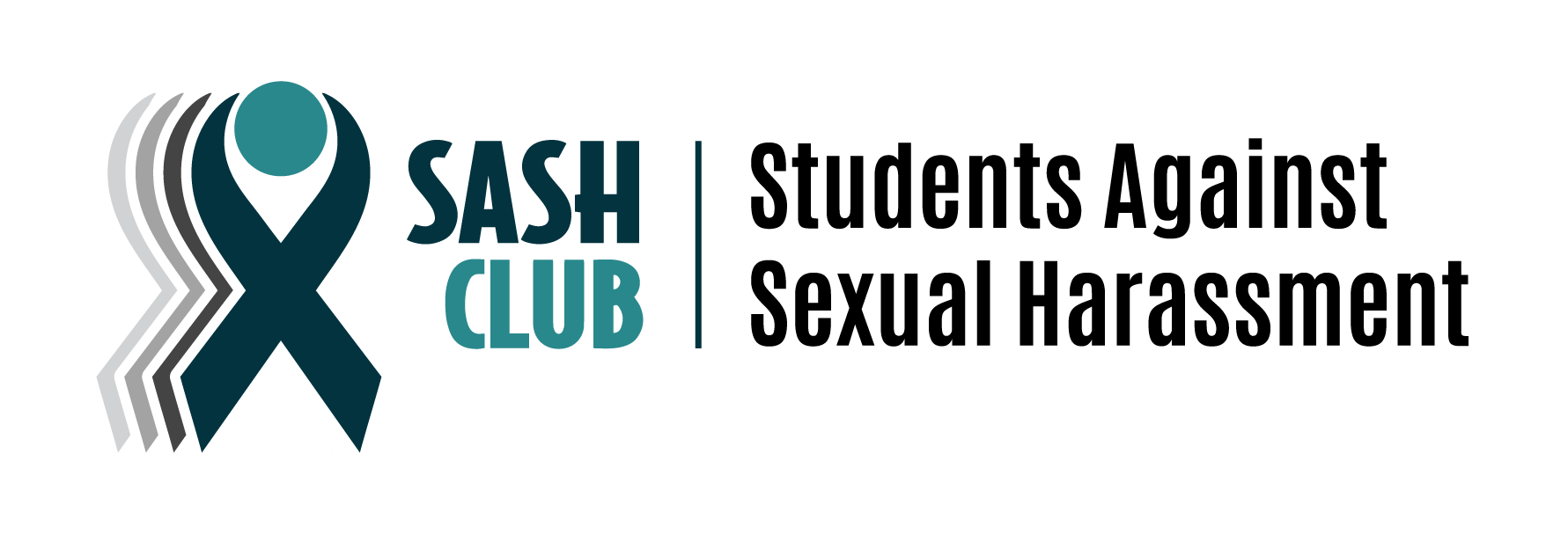Supporting LGBTQ+ Students
View the Supporting LGBTQ+ Students PowerTopic
What’s Ahead
- Why is it important to learn about LGBTQ+ students as part of understanding sexual violence?
- LGBTQ+ terms and identities
- Supporting LGBTQ+ students and classmates
- What can I do if I am sexually assaulted?
- What can I do if I experience or witness sexual harassment?
Why learn about LGBTQ+ students as a part of understanding sexual violence?
- LGBTQ+ people experience sexual harassment and sexual violence at higher rates than their non-LGBTQ+ peers.
- LGBTQ+ survivors often receive less support than their peers because of discrimination and misunderstanding of their experiences.
- By supporting and accepting LGBTQ+ students, we are building a safer school community for everyone.
Questions
- When do you first remembering learning that some people are lesbian, gay, bisexual, or queer (LGBQ)?
- When do you first remember learning that some people are trans?
- Do you have any friends or classmates that identify as LGBQ?
- Do you have any friends or classmates that identify as trans?
Sexuality, Gender Identity, and Gender Expression
Watch “Sexual Orientation, Gender Identity, and Gender Expression” from True Colors United.
Terms to Know: Gender
- Cisgender: describes someone whose gender identity is the same as the gender they were assigned at birth. Sometimes shortened to “cis”.
- Transgender: describes someone whose gender identity is different than the gender they were assigned at birth. Sometimes shortened to “trans”.
- Intersex: someone whose biological sex characteristics at birth do not neatly categorize them as male or female.
- Non-binary: umbrella term for someone whose gender identity is neither male nor female.
Terms to Know: Sexuality
- Straight: describes people who are primarily attracted to people of the opposite gender (e.g. men who are attracted to women).
- Gay: describes people primarily attracted to people of the same gender; may specifically refer to men who are primarily attracted to other men.
- Lesbian: describes women who are primarily attracted to other women.
- Bisexual: describes people attracted to people of their same and another (or other) gender(s). Sometimes shortened to “bi”.
Other Terms to Know
- LGBTQ+: umbrella term for people who are not straight and/or cisgender. Stands for Lesbian, Gay, Bisexual, Trans, Queer, plus other related identities.
- Queer: umbrella term for someone who does not identify as cisgender and/ or straight. Historically and still used as a slur in some communities, so not all LGBTQ+ people are comfortable with this term.
- Ally: a cisgender straight person who supports and respects members of the LGBTQ+ community
Talk About It
- Did you learn anything new about LGBTQ identity, gender, and/ or sexual orientation from the previous slides?
- Was anything we just went over confusing or uncomfortable for you? Why?
Questions
- Do you think LGBTQ+ students feel safe and able to be themselves at this school? Why or why not?
- Have you ever seen someone bullied, discriminated against, or otherwise mistreated at school because they are LGBTQ+?
- What are some ways you can think of to make LGBTQ+ students feel safe and welcome at school?
Respecting LGBTQ+ Classmates
- Be willing to listen and learn from LGBTQ+ classmates.
- Remember that you can’t tell someone’s gender identity or sexual orientation just by looking at them. Don’t assume!
- Ask for and use someone’s correct name and pronouns whether or not the person is around. Practice if you need to!
- Include LGBTQ+ classmates in your friend group and social life.
Standing up for LGBTQ+ Classmates
- Spend time reflecting on any anti-LGBTQ+ thoughts, feelings, or biases you may have and work to change them, even if it’s uncomfortable.
- If someone makes an anti-LGBTQ+ comment or joke, tell them you find it offensive and that you don’t want to hear it.
- If you see someone harassing or discriminating against an LGBTQ+ classmate, interrupt the situation to help them get out of it, and then ask if and how they would like you to help (e.g. going with them to report the incident to a teacher).
- Offer to accompany LGBTQ+ classmates if they are uncomfortable doing something or going somewhere (e.g. using the restroom that corresponds to their gender identity).
- Report anti-LGBTQ+ discrimination or harassment in writing to your principal.
Making school more inclusive for LGBTQ+ students
- Start or join a GSA (Gay-Straight Alliance) at your school.
- Ask teachers who support LGBTQ+ students to display LGBTQ+ stickers or posters in their classrooms to show they are safe and inclusive.
- Remind teachers of a person’s name and/or pronouns if someone misgenders them in class.
- Advocate for your school to adopt a nondiscrimination policy that includes gender identity and sexual orientation if one is not already in place.
- Ask that teachers include LGBTQ+ history and issues in their curriculum.
- Request books by LGBTQ+ authors and about LGBTQ+ people for the school library.
Do More
- Did you learn anything new about supporting LGBTQ+ students from the previous slides? What stood out?
- Were you uncomfortable with any of the suggestions? Why?
- What are some ways you will commit to supporting LGBTQ+ students moving forward?

